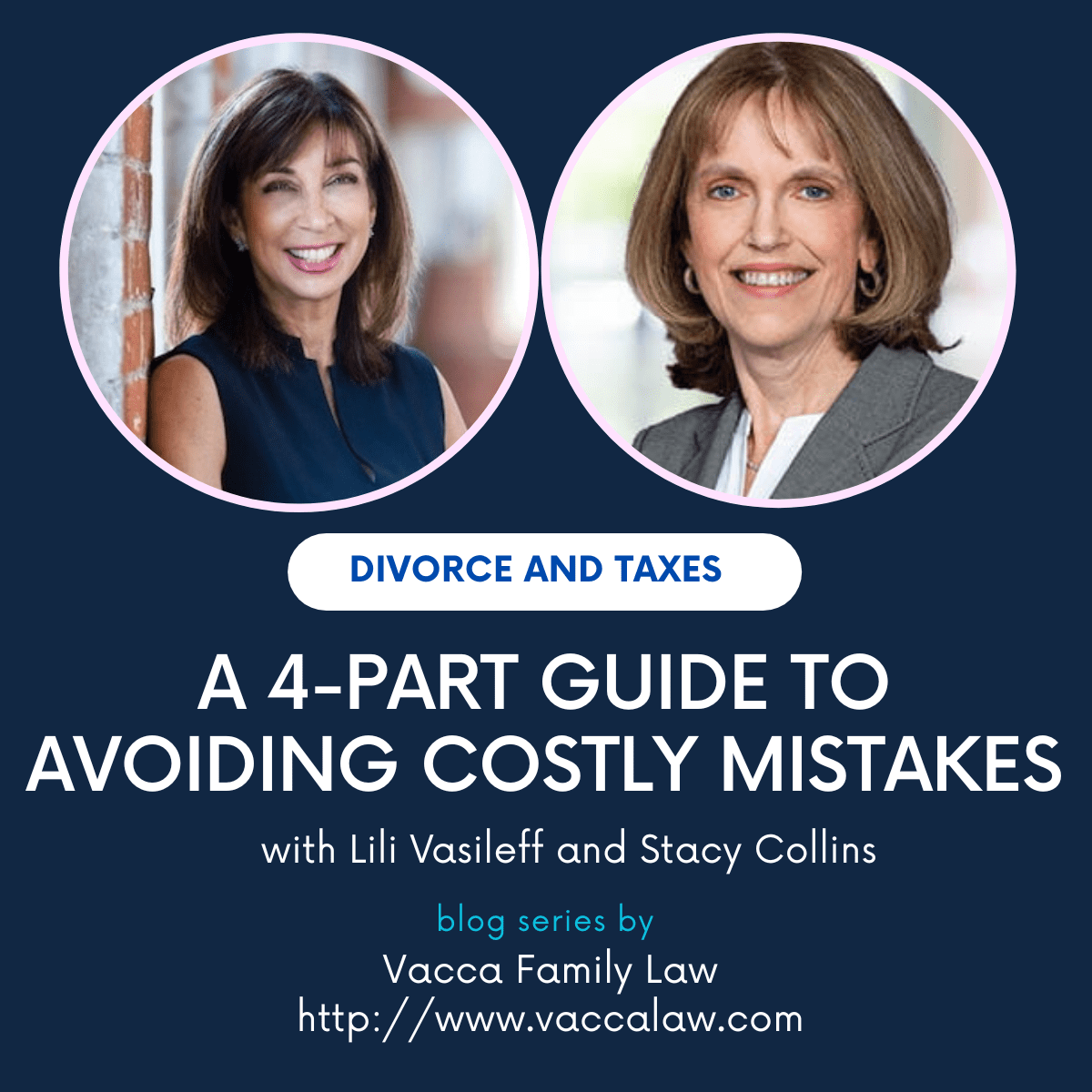Sept. 7, 2019
Unbelievable! Divorce rates are down 40% from 1992 when there were 4.8 divorces for every 1,000 Americans. By 2017, that rate was only 2.9. However, divorce rates for older Americans have skyrocketed.
According to Pew Research, the over-50 divorce rate (now called gray divorces) doubled from 5 per 1,000 in 1990 to 10 per 1,000 in 2017. The rate of increase was even higher for those over 65 — tripling from 2 to 6 per 1,000 from 1990 to 2017. Almost half of all divorces (48%) involve one spouse who has been previously married one or more times.
One reason for the unusual statistics above is that younger Americans, given that the stigma of living together is nearly non-existent, are marrying so much later. Last year, the average age for marriage was almost 30 for men and nearly 28 for women. Almost 50 years ago in 1960 (my generation), marrying males averaged nearly 23 while women were just over 20.
(I was married in 1956 at age 20 and my wife was only 17. That marriage lasted nine years before my second marriage of 13 years from 1969-82. I finally got it right — Sue and I celebrated our 36th wedding anniversary last month! Both of my divorces were initiated by my wives — like many males, I suffered from a lack of empathy.)
There is no question that divorce is traumatic and can be bad for both your health and your finances. A 2009 study discovered that recently separated and divorced adults had higher resting blood pressure than average.
In Germany last year, it was reported that “divorce led to considerable weight gain over time, especially for men.” Other research indicates that recently divorced individuals have higher levels of depression than even widows and widowers.
Besides the obvious sense of failure, the biggest negative for many couples is the financial hit. It costs more to live separately and dividing pension money and other assets often leads to disagreement and big lawyer bills.
(I once had a client who was determined to make sure her soon-to-be divorced husband didn’t cheat her. She spent more than $30,000 on a lawyer and he spent more than that. When it was all over, it seemed to me that they settled right where they began.)
The following suggestion may seem unrealistic. But for both my divorces, it worked for me. If it’s possible to keep the divorce “friendly,” the couple should decide how their assets will be divided and how much child support, if relevant. Then they can use one lawyer to execute their agreement — saving real money!
Probably the first decision that most divorcing couples face is what to do about the residence they own. Normally, if children are involved, the existing home goes to the custodial parent (usually the wife). Minimal disruption of the kids’ lives is always an important goal.
Placing a value on the home equity can be tricky. One fair way to do it is to have each spouse secure an appraisal. Then split the difference and subtract 5 — 8% for potential selling costs.
Refinancing by the new owner to establish an accurate price and to get the house in her (his) own name is an attractive option, given current historically low interest rates. In gray divorces or when a couple with children cannot afford to keep their house, downsizing may be the best bet.
Some assets are more liquid than others. Obviously, money from a taxable brokerage account is easily available compared to home equity.
A traditional IRA/401(k) plan with taxes due when money is withdrawn, plus a 10 percent tax penalty before age 59½, is not nearly as valuable as Roth plans where all contributions are non-taxable and gains are usually tax free after age 59½.
A divorcing couple must secure a court-ordered Qualified Domestic Relations Order (QDRO) to divide pension assets. Fortunately, QDRO money is not subject to the traditional IRA 10 percent early withdrawal penalty. Typically, the spouse in the higher tax bracket should offer extra compensation to the lower-income spouse to secure the Roth money.
If both spouses had IRA/401(k) plans or other financial assets before they were married, then those before-marrying amounts should be subtracted from the joint property calculations. A good book that helps explain all the complications is “Money and Divorce: The Essential Road Map to Mastering Financial Decisions” by Lili Vasileff.
In gray divorces where the marriage has lasted 10 years or more, a non-working or very low-income spouse 62 years or older making $17,640 a year or less, you can draw penalty-free Social Security benefits on your ex-spouse’s account. However, starting Social Security at age 62 this year means that payments are 27½ percent less than at age 66½, the current full retirement age.
Changing beneficiaries on all financial accounts and insurance is critically important. A few years ago, a husband died with a substantial IRA that his wife expected to inherit. However, his ex-wife was still listed as the beneficiary. The court concluded that it couldn’t overrule the signed beneficiary form — as a result the ex-wife received the money.
Obviously, you need to change titles on cars and houses; change your will, power of attorney and health-care directive; and perhaps even change security passwords for online accounts. Also, remove your ex-spouse as an authorized user on your credit cards and open new bank accounts in your name alone.
However, if the divorce agreement specifies that one spouse will pay off the couple’s debt, then the other spouse should continue to have access to the account to make sure the payments are being made as agreed.
For the “technology inclined” getting divorces with children involved, USA TODAY recommends several helpful online tools in its Aug. 7, 2019 article entitled “Apps coordinate custody with your ex.” It’s first listing, OurFamilyWizard, ($99 a year from each parent) seems particularly helpful.
OurFamilyWizard includes an interactive calendar that shows when each parent gets the kids and other special occasions, a log for reimbursable expenses, a place for medical histories, emergency contacts and other information. USA TODAY also recommends AppClose, a free site with many of the same features. The other three USA TODAY app picks are coParenter, SupportPay and TalkingParents.
My three nuggets of advice to couples going through a divorce is (1) to work out your own agreement to avoid dueling lawyer fees, (2) share the blame for the failing marriage if possible, and (3) don’t ever criticize your ex-spouse in front of your kids. Those precepts worked for me a long time ago!



